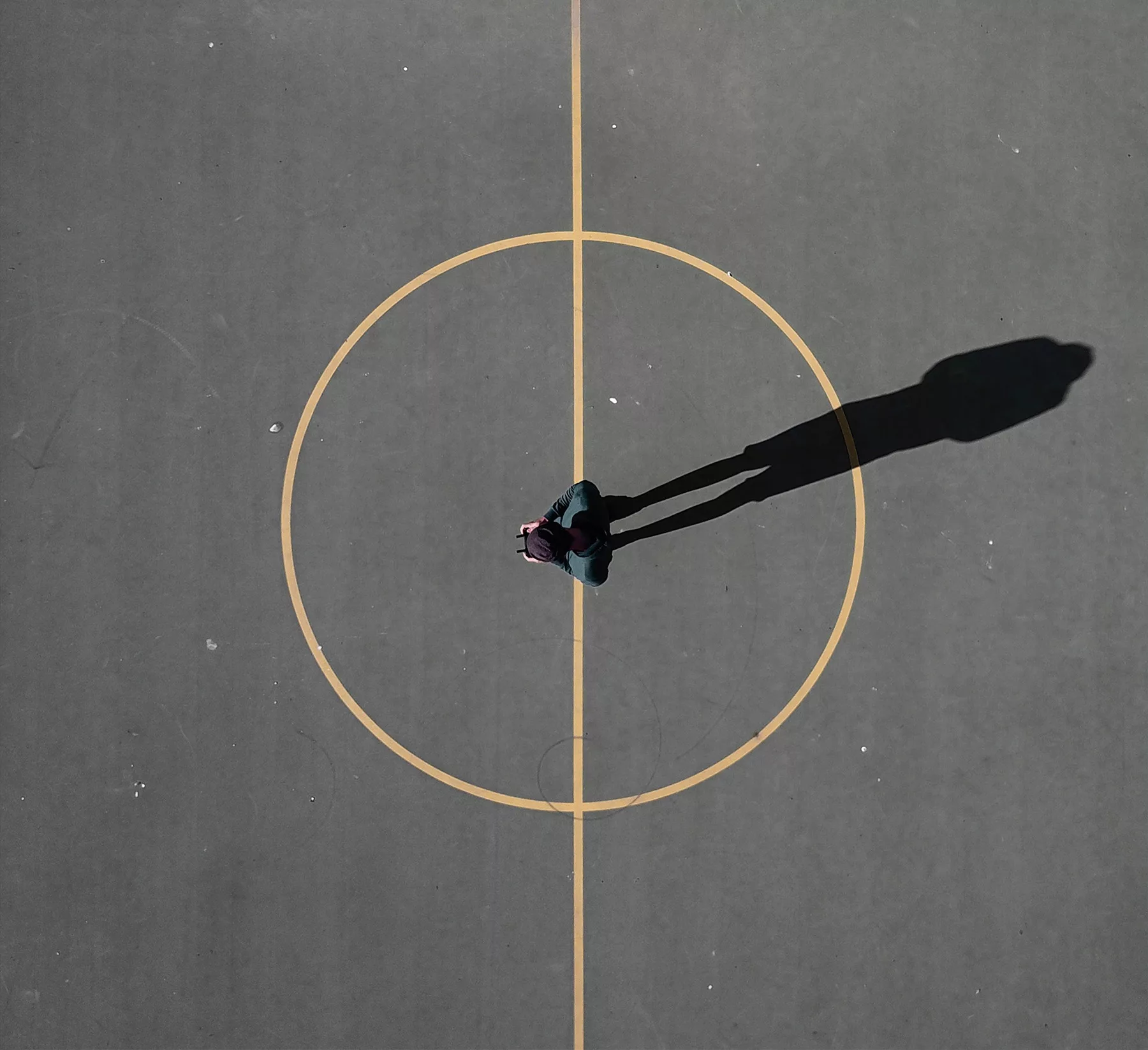Creativity is often seen as a mysterious force, an intangible spark that ignites inspiration and innovation. Yet, behind every masterpiece, campaign, or product lies a structured and dynamic creative process. Let’s peel back the curtain and explore the fascinating journey of creativity, from inception to realization, unveiling the intricate layers of the creative process.
1. Inspiration Strikes: The creative journey begins with a moment of inspiration—a fleeting idea, observation, or emotion that sparks the imagination. Inspiration can stem from anywhere: a conversation, a piece of art, nature, or even a mundane everyday experience. Creatives cultivate an openness to inspiration, allowing themselves to be receptive to new ideas and perspectives.
2. Exploration and Research: Once inspired, creatives embark on a journey of exploration and research. This phase involves delving deeper into the subject matter, gathering information, and seeking inspiration from various sources. Creatives immerse themselves in the world of their project, absorbing knowledge, and insights that will inform their creative vision.
3. Ideation and Brainstorming: Ideation is the heart of the creative process, where ideas are born, nurtured, and refined. Through brainstorming sessions, mind mapping, or solitary reflection, creatives generate a multitude of ideas, no matter how wild or unconventional. This phase is characterized by experimentation, collaboration, and the freedom to explore diverse possibilities.
4. Conceptualization and Development: With a pool of ideas at hand, creatives begin to distill and refine their concepts. They flesh out their ideas, sketching, prototyping, or outlining their vision in more detail. This phase involves iteration and refinement, as creatives fine-tune their concepts to align with the project’s objectives and audience needs.
5. Execution and Creation: Armed with a clear concept, creatives roll up their sleeves and dive into the execution phase. This is where the magic happens, as ideas are transformed into tangible expressions of creativity. Whether it’s writing, designing, coding, or crafting, creatives bring their vision to life through their chosen medium, applying their skills and expertise to realize their creative vision.
6. Feedback and Iteration: No creative process is complete without feedback and iteration. Creatives seek input from peers, mentors, or target audiences, gathering insights to refine and improve their work. Constructive feedback serves as a guiding light, helping creatives identify strengths, weaknesses, and areas for improvement. Iteration is a natural part of the creative journey, as creatives iterate, iterate, and iterate until they achieve the desired outcome.
7. Reflection and Celebration: As the project nears completion, creatives take a moment to reflect on their journey and celebrate their achievements. They look back on the challenges they’ve overcome, the lessons they’ve learned, and the growth they’ve experienced along the way. Celebrating successes, no matter how small, is essential for nurturing creativity and fueling inspiration for future endeavors.
Conclusion: The creative process is a dynamic and iterative journey characterized by inspiration, exploration, ideation, execution, feedback, and reflection. By understanding the intricacies of the creative process, we gain a deeper appreciation for the artistry and craftsmanship behind every creative endeavor. Whether you’re an artist, writer, designer, or entrepreneur, embracing the creative process empowers you to unleash your imagination and bring your vision to life in meaningful and impactful ways.






